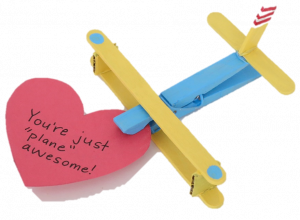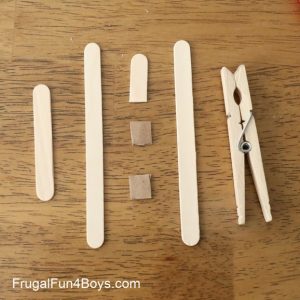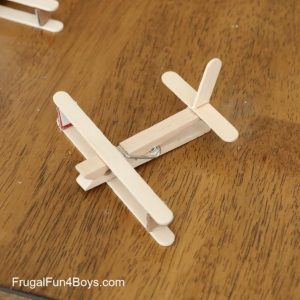För vårt STEM-projekt ville vi prova att bygga alla tre typerna av de tre små grisarnas hus. Deras mål var att göra det hus som bäst kan stå emot mammas ”vargblåsande”. Men du kan också ta fram en hårtork för att blåsa.
Material som behövs för detta projekt:
Sugrör, glasspinnar, träklossar, snören, maskeringstejp och gummiband.
HALMHUS:
För den första delen av vårt Tre små grisar-projekt gjorde vi halmhusen. Vi gjorde halmhus av plastsugrör. Du kan göra detta med pappers- eller plastsugrör ~ beroende på vad du föredrar. Jag började med att bara ge dem snören och gummiband och sugrör. Min son hade inga problem med detta, men mina flickor bad om tejp, så vi lade till det i förnödenheterna.
STICKHUS:
Därefter gjorde vi våra stickhus. Dessa gjorde vi av glasspinnar och maskeringstejp. OM du vill göra det svårare för dem, låt dem samla pinnar och binda ihop dem med snöre.
TEGELHUS:
Vi gjorde våra tegelhus av träklossar. Ett annat roligt alternativ är LEGO klossar. Detta var det snabbaste och enklaste huset att bygga. Vi tyckte att det var roligt eftersom det är tvärtom i berättelsen om de tre små grisarna.
Resultatet:
Halmhusen var lättast att blåsa. Pinnhusen kom på andra plats. En del av dem rörde sig inte ens! Tegelhusen var inte flyttbara, precis som berättelsen. Men den tid det tog att bygga dem var det motsatta. Det tog mina barn mycket längre tid att bygga halmhusen än någon av de andra.
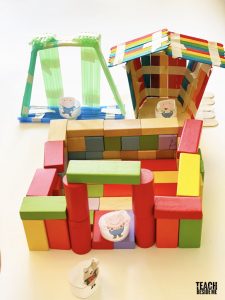
Tre små grisar STEM-projekt för barn – Lär bredvid mig

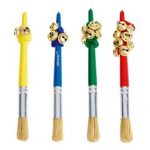 Be barnen mål olika saker och i olika takt. Då kommer ljudet fram. Hur låter det om man målar en cirkel kontra en fyrkant. Be barnen att måla som det låter och låt dem upptäcka vad som händer. De större barnen kan måla i blindo. Fäst olika antal bjällror på penslarna – från bara någon till många.
Be barnen mål olika saker och i olika takt. Då kommer ljudet fram. Hur låter det om man målar en cirkel kontra en fyrkant. Be barnen att måla som det låter och låt dem upptäcka vad som händer. De större barnen kan måla i blindo. Fäst olika antal bjällror på penslarna – från bara någon till många.

